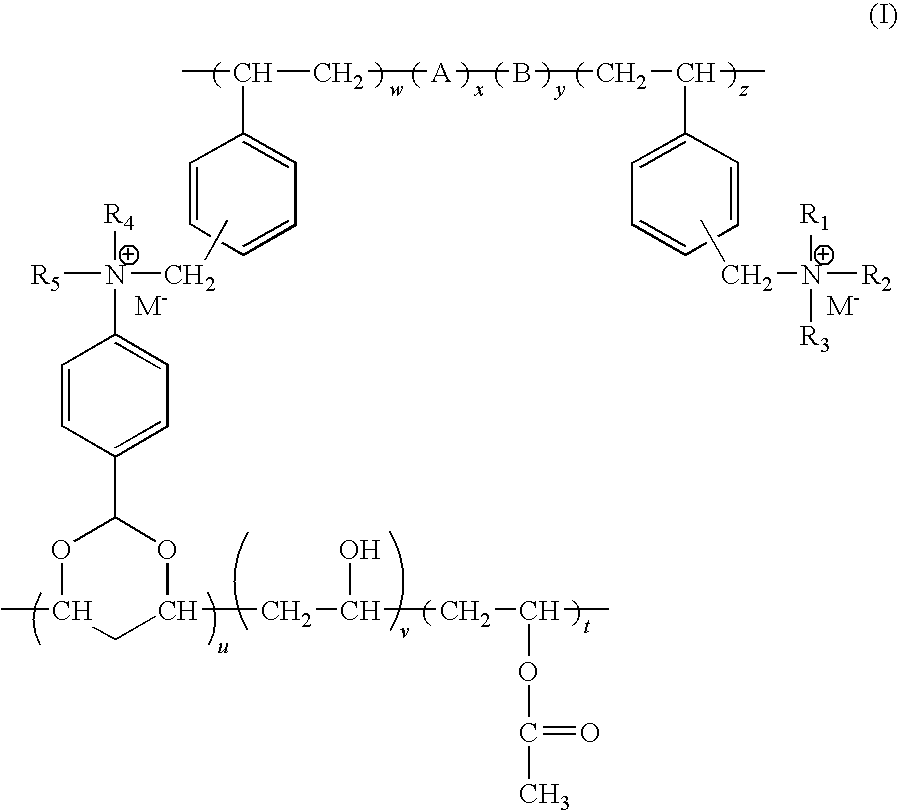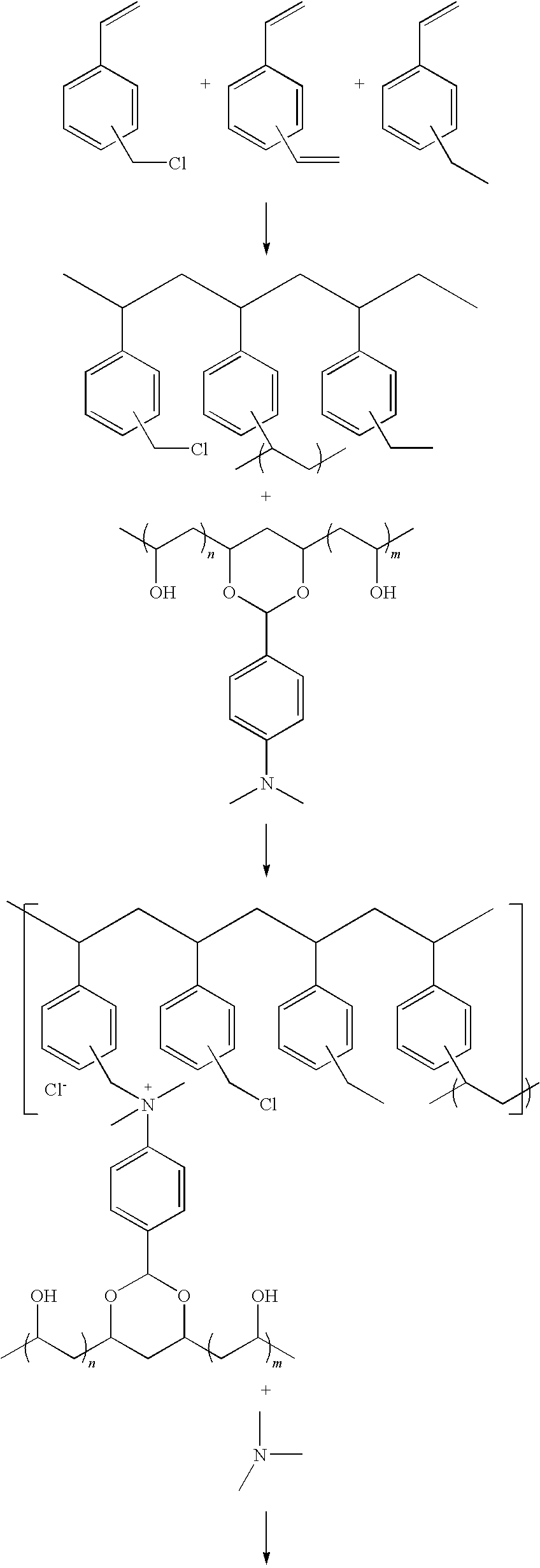Image recording element comprising encapsulated mordant particles
a mordant particle and image recording technology, applied in the field of ink printing methods, can solve the problems of colloidal particulates, poor ink dry time, and difficult to achieve simultaneous requirements of inkjet recording media, and achieve excellent drying properties, minimal dye fading, and good image density
- Summary
- Abstract
- Description
- Claims
- Application Information
AI Technical Summary
Benefits of technology
Problems solved by technology
Method used
Image
Examples
example 1
[0170]A multilayer inkjet receiver Element R-1, according to the present invention, comprising RPP core-shell polymer SC-1, was prepared the same way as element CR-1, except the polyvinyl alcohol and the cationic mordant were replaced with PE-1, where the cationic content was kept equivalent.
example 2
[0173]A multilayer inkjet receiver Element R-2, according to the present invention, was prepared the same way as element C-1, except the polyvinyl alcohol and cationic mordant were replaced with PE-2, where the cationic content was kept equivalent.
example 3
[0174]A multilayer inkjet receiver Element R-3, according to the present invention, was prepared the same way as element C-1, except the polyvinyl alcohol and cationic mordant were replaced with PE-3, where the cationic content was kept equivalent.
PUM
| Property | Measurement | Unit |
|---|---|---|
| mean particle size | aaaaa | aaaaa |
| thickness | aaaaa | aaaaa |
| particle size | aaaaa | aaaaa |
Abstract
Description
Claims
Application Information
 Login to View More
Login to View More - R&D
- Intellectual Property
- Life Sciences
- Materials
- Tech Scout
- Unparalleled Data Quality
- Higher Quality Content
- 60% Fewer Hallucinations
Browse by: Latest US Patents, China's latest patents, Technical Efficacy Thesaurus, Application Domain, Technology Topic, Popular Technical Reports.
© 2025 PatSnap. All rights reserved.Legal|Privacy policy|Modern Slavery Act Transparency Statement|Sitemap|About US| Contact US: help@patsnap.com



